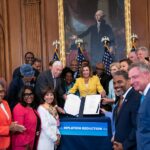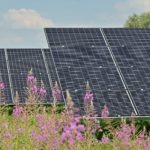
Amazon-backed startup Windfall Bio said it successfully scaled production of methane-eating microbes, a milestone in sustainable fertilizer development.
Windfall Bio said fermentation of the microbes reached 17,000 liters, representing commercial-scale production of its methane removal solution. The microbes consume methane and transform “into nitrogen-rich biomass that can be processed into high-value organic fertilizer,” according to the release.
Windfall is testing its organic fertilizer as it pursues regulatory approvals. It is also providing large samples to customers to establish a market.








